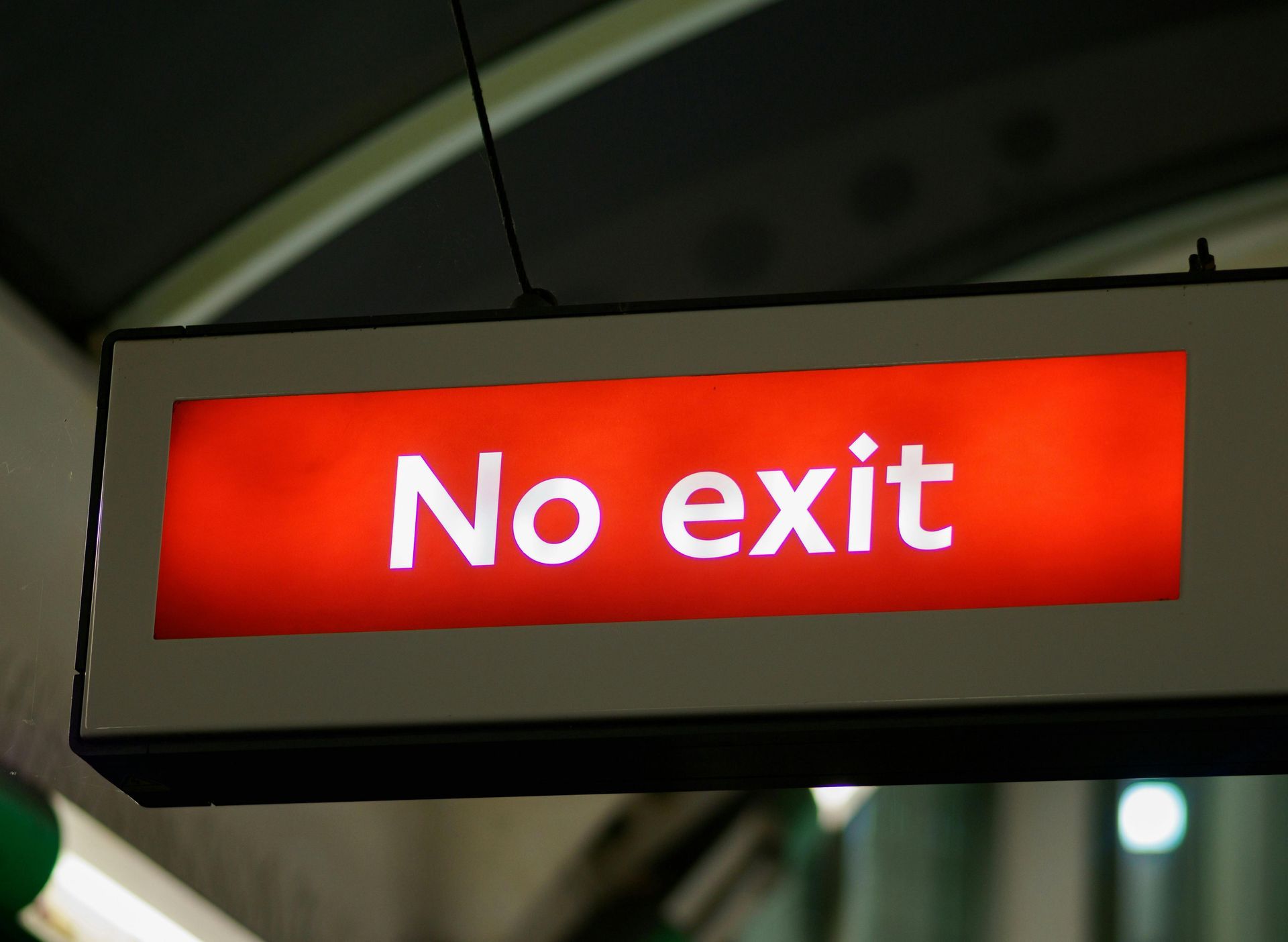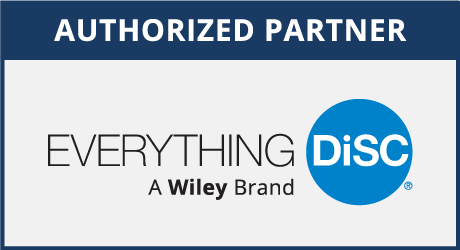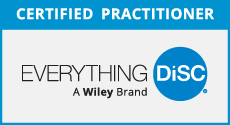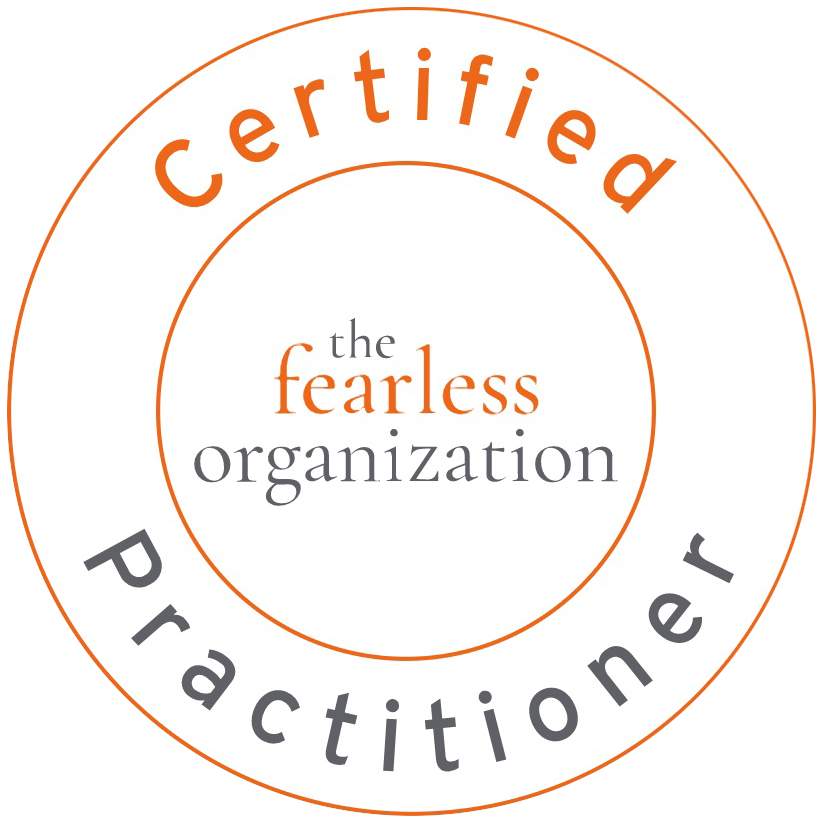
Psychological Safety in the Workplace and Its Importance
Psychological Safety is the #1 predictor of team effectiveness.
Psychological safety is a crucial aspect of a healthy and productive workplace. It refers to an environment where employees feel safe to take risks, voice their opinions, and make mistakes without fear of negative consequences. Here’s an in-depth look at why psychological safety is important in the workplace:
Introduction
Psychological safety is a term coined by Harvard Business School professor Amy Edmondson. It describes a workplace culture where individuals feel comfortable expressing themselves without fear of retribution or ridicule. This concept has gained significant attention in recent years as organizations recognize its impact on employee well-being, innovation, and overall performance.
The Importance of Psychological Safety
1. Fosters Innovation and Creativity
In a psychologically safe environment, employees are more likely to share new ideas and think outside the box. When people feel safe to express unconventional thoughts, it leads to a culture of innovation. Companies like Google have emphasized psychological safety as a key factor in their teams' success, allowing them to stay ahead in a competitive market.
2. Enhances Employee Engagement and Retention
Employees who feel psychologically safe are more engaged and committed to their work. They are more likely to stay with an organization that values their input and respects their individuality. High levels of engagement lead to better job satisfaction and lower turnover rates, saving companies the costs associated with recruiting and training new employees.
3. Improves Team Collaboration and Performance
Teams that operate in a psychologically safe environment are more cohesive and effective. When team members trust each other and feel safe to communicate openly, it enhances collaboration and problem-solving. This trust leads to higher performance levels as team members are more willing to support each other and work towards common goals.
4. Reduces Stress and Burnout
A lack of psychological safety can lead to increased stress and burnout among employees. When people are afraid to speak up or make mistakes, it creates a high-pressure environment that can be detrimental to mental health. Ensuring psychological safety helps reduce these stressors, leading to a healthier and more sustainable work environment.
5. Encourages Learning and Development
Psychological safety promotes a culture of continuous learning. Employees are more likely to seek feedback and take on new challenges when they know that mistakes are seen as opportunities for growth rather than failures. This mindset encourages personal and professional development, which benefits both the individual and the organization.
Building Psychological Safety in the Workplace
1. Leadership Commitment
Leaders play a crucial role in establishing and maintaining psychological safety. They must model the behaviors they want to see, such as active listening, empathy, and openness to feedback. Leaders should also be transparent about their own mistakes and learning experiences, demonstrating that it’s okay to be vulnerable.
2. Encouraging Open Communication
Creating channels for open and honest communication is essential. This can be achieved through regular team meetings, anonymous feedback systems, and one-on-one check-ins. Encouraging employees to share their thoughts and concerns without fear of judgment is key to fostering psychological safety.
3. Recognizing and Rewarding Contributions
Acknowledging and rewarding employees for their contributions, especially when they take risks or propose new ideas, reinforces the value of psychological safety. Recognition can be in the form of public praise, awards, or opportunities for career advancement.
4. Providing Training and Resources
Offering training on topics such as emotional intelligence, conflict resolution, and effective communication can help employees develop the skills needed to contribute to a psychologically safe environment. Providing resources such as counseling services and stress management programs also supports employee well-being.
5. Creating Inclusive Policies
Inclusive policies that promote diversity and equity are fundamental to psychological safety. When employees feel that their unique perspectives are valued and respected, it enhances their sense of belonging and safety. This includes implementing anti-discrimination policies and promoting diversity in leadership roles.
Case Studies and Examples
1. Google’s Project Aristotle
Google conducted a study known as Project Aristotle to understand what makes teams effective. They found that psychological safety was the most important factor in determining team success. Teams with high psychological safety were more likely to harness the power of diverse ideas and collaborate effectively.
2. Pixar’s Braintrust
Pixar Animation Studios has a practice called the Braintrust, where directors and producers present their work to a group of peers for feedback. The key to the Braintrust’s success is psychological safety; everyone is encouraged to provide honest feedback without fear of offending others. This practice has been instrumental in producing some of Pixar’s most successful films.
3. Edmondson’s Research on Hospital Teams
Amy Edmondson’s research on hospital teams revealed that those with higher psychological safety reported more errors, but these teams also had better outcomes. This counterintuitive finding showed that when employees feel safe to report mistakes, it leads to improved processes and patient care.
Challenges to Psychological Safety
1. Cultural Barriers
In some cultures, hierarchical structures and power dynamics can hinder psychological safety. Employees may feel reluctant to speak up due to fear of disrespecting authority or facing negative consequences. Overcoming these cultural barriers requires a concerted effort to promote open communication and flatten organizational hierarchies.
2. Resistance to Change
Implementing psychological safety can be challenging in organizations resistant to change. Long-standing practices and mindsets may need to be shifted, which can be met with resistance from employees and leaders alike. Change management strategies and continuous education are essential to overcoming this resistance.
3. Maintaining Balance
While promoting psychological safety, it’s important to maintain a balance between openness and accountability. Employees should feel safe to express themselves, but there should also be clear expectations and standards for performance. Striking this balance ensures that psychological safety does not lead to complacency.
Conclusion
Psychological safety is a vital component of a thriving workplace. It fosters innovation, enhances employee engagement, improves team performance, reduces stress, and encourages continuous learning. Building and maintaining psychological safety requires commitment from leadership, open communication, recognition of contributions, training, and inclusive policies. Despite the challenges, the benefits of a psychologically safe workplace far outweigh the efforts required to achieve it. By prioritizing psychological safety, organizations can create a more dynamic, resilient, and successful workforce.
NOTE: AxisTD is a Certified Fearless Organization Scan (FOS) Practitioner, if you want more information about Psychological Safety and FOS, feel free to get in touch.
Don't forget to share this post!
New to Our Blog?
The Viewpoint Blog informs, educates, and empowers the professionals of today and tomorrow on HR, business, and sales through 5-minute reads.
RECENT POSTS
Subscribe to Viewpoint
By submitting this form you are opting-in to receive occasional email from AxisTD, which you may unsubscribe from at any time. We respect your privacy.
Like our blog? Show some love, and share.
















